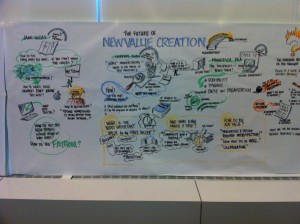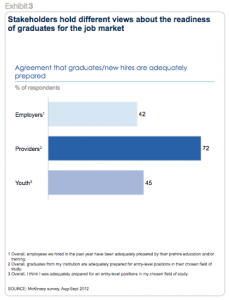I’m excited to share the launch of the fifth whitepaper in the ongoing Spark whitepaper series, Getting to the “Good Stuff”: Evidence-Based Decision Making for Associations.
Co-authored with Peter Houstle (Mariner Management), the whitepaper tackles the question: how can associations use data to start asking meaningful, mission-driven questions and to inform our decision-making processes around them?
Big Data presents a tremendous opportunity for associations, but in order to realize its potential, there are some things you need to know and do. First, your data needs to be reasonably clean and complete. Then you need to look for patterns, and data visualization tools can help with that. Then you need think about the questions those patterns raise and create hypotheses to answer those questions. Then you test your hypotheses, hopefully find strong correlation (since proving cause and effect is rare), and make decisions accordingly. In the course of our research, we did discover a secret sauce to decision making success, but I’ll share more about that later this week.
Speaking of, I’ll be blogging about the contents of the whitepaper all week, but in the meantime, pick up your free copy at http://bit.ly/1jwXcDX, no divulging of information about yourself required.
Don’t forget to check out the other FREE Spark whitepapers, too:
- Attention Doesn’t Scale: The Role of Content Curation in Membership Associations (with Jeff De Cagna, FRSA, FASAE), available at http://bit.ly/WVpP4a
- Member Relations: An Association-Centric Approach to Customer Relationship Management (with George Breeden, MBA, CAE and featuring Lehman Reports data), available at http://bit.ly/10s8UUb
- The Mission Driven Volunteer (co-authored with Peggy Hoffman, CAE), available at http://bit.ly/13Wwe1F
- Risk: The Missing Link Connecting Strategy to Implementation (co-authored with Jamie Notter and Leslie White), available at http://bit.ly/MJ5oo8

